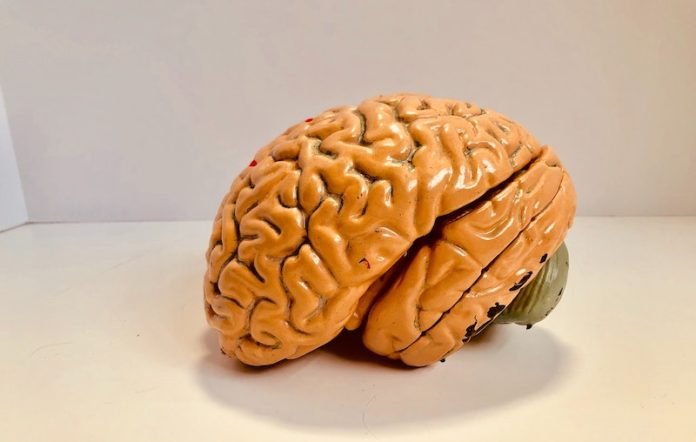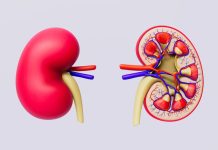
In a study from Scripps Research, scientists found Parkinson’s disease may be driven in part by cell stress-related biochemical events that disrupt a key cellular cleanup system, leading to the spread of harmful protein aggregates in the brain.
The discovery offers a clear and testable hypothesis about the progression of Parkinson’s disease and may lead to treatments slowing or even stopping it.
Parkinson’s disease affects roughly one million people in the United States.
Its precise trigger is unknown, but it entails the deaths of neurons in a characteristic sequence through key brain regions.
The killing of one small set of dopamine-producing neurons in the midbrain leads to the classic Parkinsonian tremor and other movement impairments.
Harm to other brain regions results in various other disease signs including dementia in the late stages of Parkinson’s.
A closely related syndrome in which dementia occurs early in the disease course is called Lewy Body Dementia (LBD), and affects about 1.4 million people in the U.S.
One clue, uncovered by Lipton’s lab and others in prior research, is that the Parkinson’s/LBD disease process generates highly reactive nitrogen-containing molecules including nitric oxide.
In the new study, the team found that a type of nitrogen-molecule reaction called S-nitrosylation can affect an important cellular protein called p62, triggering the buildup and spread of alpha-synuclein aggregates.
The p62 protein normally assists in autophagy, a waste-management system that helps cells get rid of potentially harmful protein aggregates.
The researchers found evidence that in cell and animal models of Parkinson’s, p62 is S-nitrosylated at abnormally high levels in affected neurons.
This alteration of p62 inhibits autophagy, causing a buildup of alpha-synuclein aggregates.
The buildup of aggregates, in turn, leads to the secretion of the aggregates by affected neurons, and some of these aggregates are taken up by nearby neurons.
The process we observed seems very similar to what is seen in Parkinson’s and LBD brains.
This chemical modification of p62 could be a key factor in a self-reinforcing process that not only stresses brain cells beyond their limits, but also spreads the source of stress to other brain cells.
The team is now working to develop drug-like compounds that specifically inhibit the S-nitrosylation of p62.
If you care about Parkinson’s disease, please read studies about Vitamin E may help prevent Parkinson’s disease and findings of MIND and Mediterranean diets could help delay Parkinson’s Disease.
For more information about brain health, please see recent studies about new way to treat Parkinson’s disease, and results showing flavonoid-rich foods could improve survival in Parkinson’s disease.
The study was conducted by Stuart Lipton et al and published in The Journal of Neuroscience.
Copyright © 2023 Knowridge Science Report. All rights reserved.



